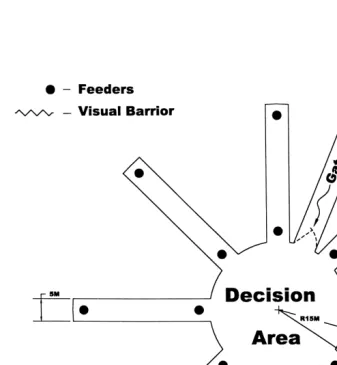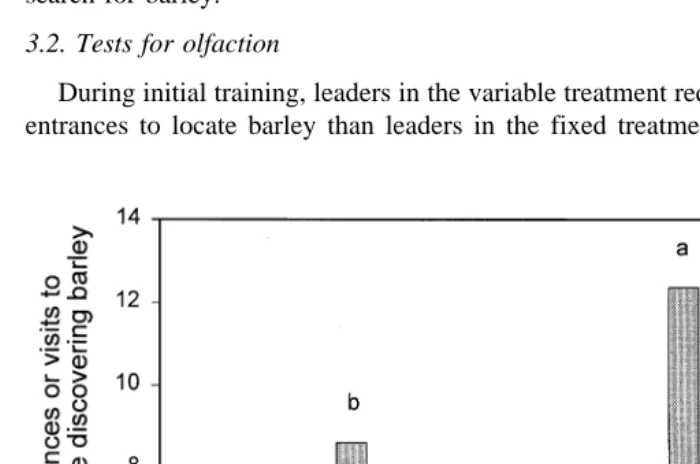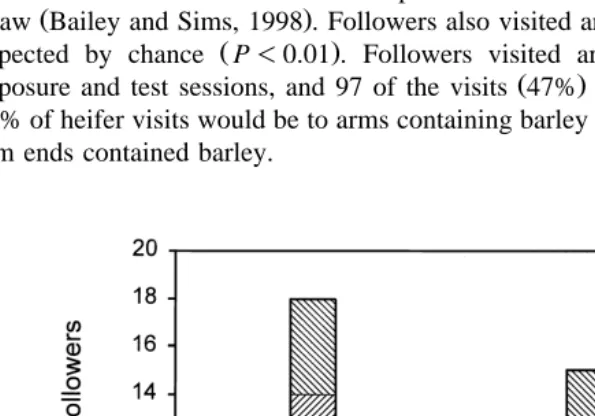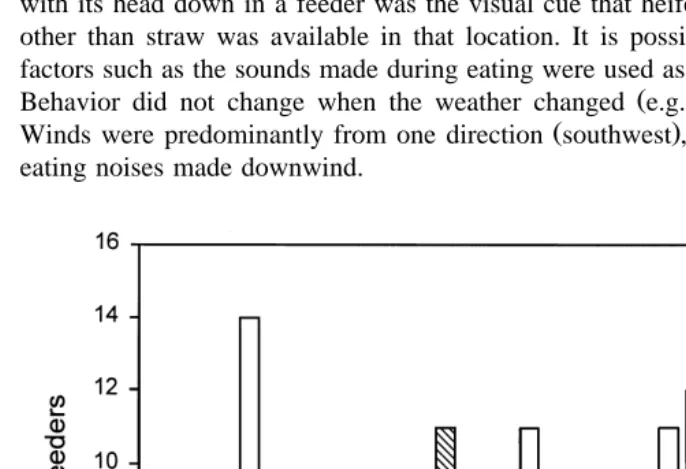Directory UMM :Data Elmu:jurnal:A:Applied Animal Behaviour Science:Vol68.Issue2.2000:
Teks penuh
Gambar




Dokumen terkait
In a subsequent experiment with the same birds we tested how the foraging behaviour of the two hybrids differed when housing conditions were changed from enriched to restricted and
Two geophysical surveys using shallow reflection seismics and time domain electromagnetics TDEM , were carried out in the Mediterranean coast of Israel. The surveys were a part of
cover of glacial drift deposits. The regionally important Triassic Sherwood Sandstone SS Group aquifer is directly overlain by Triassic Mercia Mudstone in the eastern two-thirds of
A variety of studies have shown that acute treatment with nicotine or nicotinic agonists can improve working mem- ory function in the radial arm maze in rats (Decker et al 1995;
Ž The development of stereotypies and polydipsia was studied in wild caught bank voles P:. All animals were kept isolated in barren cages in the laboratory. In the P generation,
adult hens Lohmann Selected Leghorn, LSL were kept in two groups of 26 hens in litter pens with perches at heights of 23, 43 and 63 cm. Behaviour was observed for 60 min starting
Feather pecking is a problem in commercial laying hens, particularly in loose-housing systems, where many hens can be affected by only a few feather peckers. In addition,
The results showed that fighting duration was significantly shorter in groups with large weight asymmetry than in groups with small weight asymmetry irrespective of the environment.
